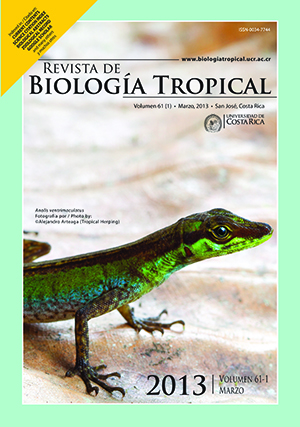Resumen
La Lagoa do Peixe, en el sur de Brasil, tiene conexión artificial con el mar, porque cada año, al final del invierno, se abre un canal con tractor. Sin embargo, esta práctica se ha llevado a cabo sin la evaluación de los efectos de esta apertura en la biodiversidad acuática. Las siguientes preguntas fueron analizadas: (1) ¿Varían la riqueza y la composición de los macrófitos acuáticos de la llanura de inundación temporal de la Lagoa do Peixe según la apertura y el cierre del banco arena? (2) ¿Varía el patrón de la comunidad de macrófitos según la apertura y el cierre del banco de arena? Los resultados muestran que la eliminación artificial del banco de arena no afecta la riqueza de macrófitos acuáticos en la llanura de inundación, pero sí afecta la dinámica de la composición de especies. La variación hidrológica relacionada con la apertura puede ser el factor principal del cambio continuo en la composición de especies en la llanura de inundación, especialmente en la parte sur. Con el fin de evitar un impacto negativo en la conservación de macrófitos, la apertura del banco de arena debe considerarse cuidadosamente.##plugins.facebook.comentarios##
Descargas
Los datos de descargas todavía no están disponibles.


